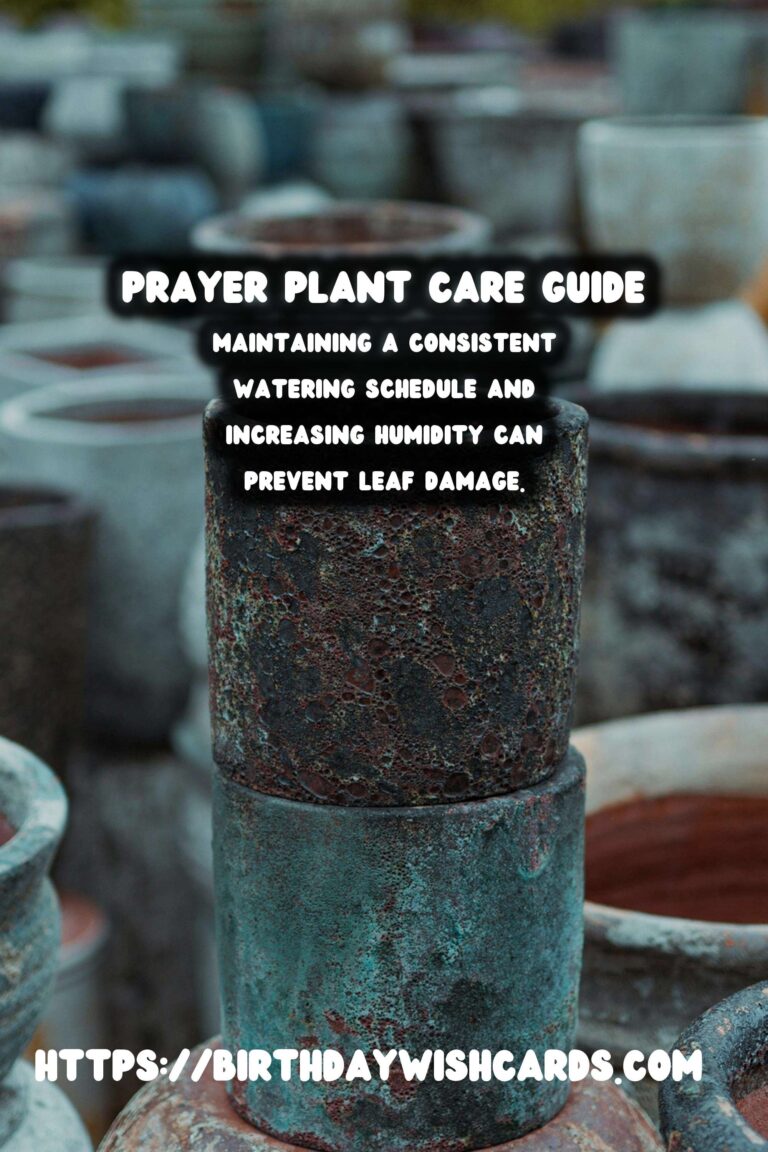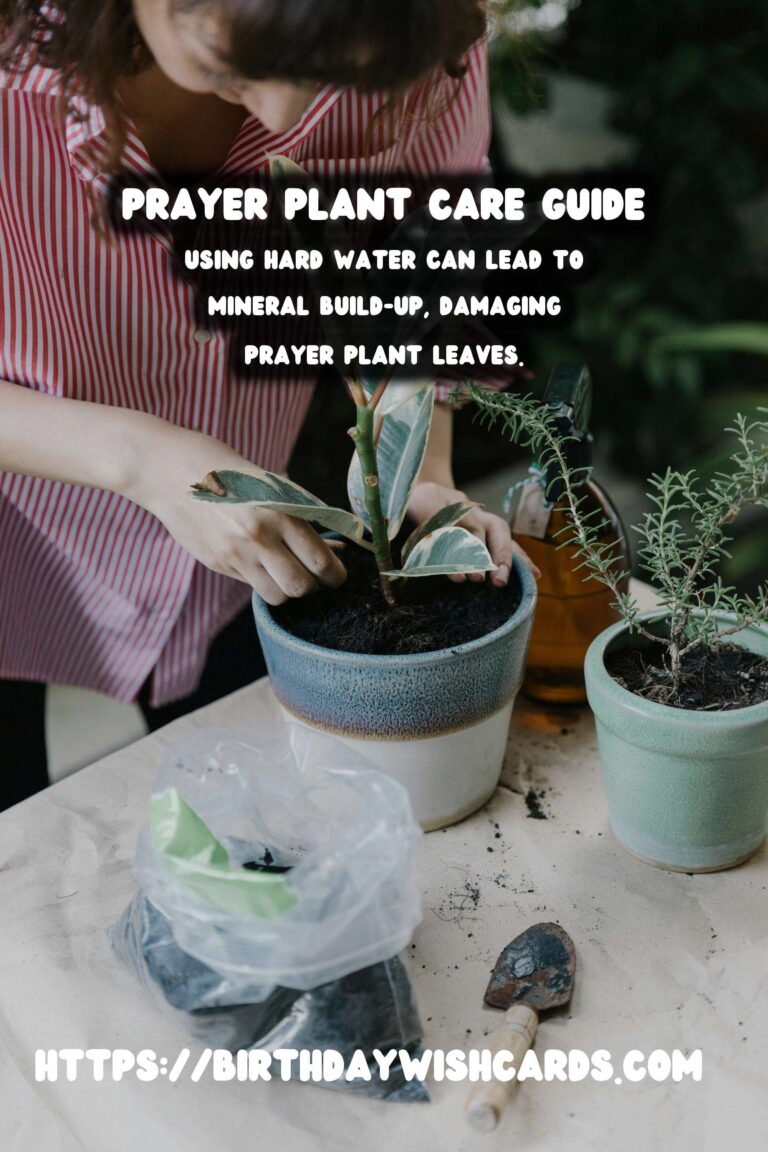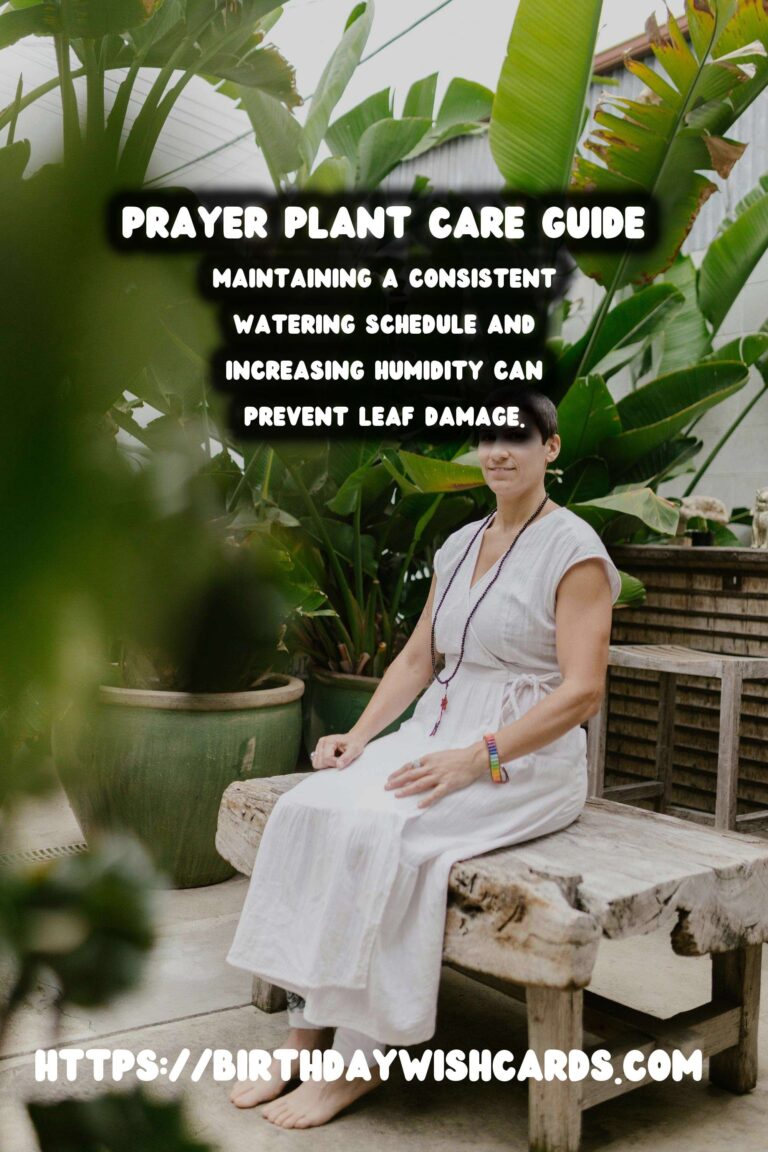
Prayer plants, known for their beautiful foliage and intriguing leaf movements, are a popular choice among houseplant enthusiasts. However, one common issue that many plant owners face is the appearance of brown tips and crispy edges on the leaves. Understanding the underlying causes and implementing the right care techniques can help maintain the health and beauty of your prayer plant.
Common Causes of Brown Tips and Crispy Edges
Brown tips and crispy edges on prayer plants are symptoms of underlying issues. Here are some common causes:
1. Inadequate Watering
One of the primary reasons for brown tips is inconsistent watering. Prayer plants prefer evenly moist soil, neither too dry nor too waterlogged. Underwatering can lead to dehydration, causing the leaf tips to turn brown. Overwatering, on the other hand, can suffocate the roots, leading to similar symptoms.
2. Low Humidity
Prayer plants thrive in high humidity environments. Low humidity levels, especially in indoor settings, can cause the leaves to lose moisture, resulting in crispy edges. Increasing humidity around the plant can help prevent this issue.
3. Poor Water Quality
Using hard water or water with high mineral content can lead to a build-up of salts in the soil, which can damage the leaf edges. Using distilled or rainwater can mitigate this issue.
4. Nutrient Deficiency
Lack of essential nutrients, particularly potassium, can cause brown tips. Regularly feeding your prayer plant with a balanced, water-soluble fertilizer can address nutrient deficiencies.
5. Sudden Temperature Changes
Prayer plants are sensitive to temperature fluctuations. Exposure to drafts, cold air, or sudden temperature changes can stress the plant, causing leaf damage.
Preventive Measures and Care Tips
To keep your prayer plant healthy and free of brown tips and crispy edges, consider the following care tips:
1. Proper Watering Routine
Maintain a consistent watering schedule, ensuring the soil remains evenly moist. Adjust the frequency based on the season and indoor climate conditions.
2. Increase Humidity
Place a humidifier near the plant or use a pebble tray with water to boost humidity levels. Misting the leaves can also help, but ensure it doesn’t lead to persistent moisture on the leaves.
3. Use Quality Water
Opt for distilled or rainwater to avoid mineral build-up in the soil. If using tap water, let it sit overnight to allow chlorine and other chemicals to dissipate.
4. Regular Fertilization
Feed your prayer plant with a balanced fertilizer every 4-6 weeks during the growing season. Reduce feeding frequency during the winter months.
5. Stable Temperature Environment
Keep your plant away from cold drafts, heating vents, and other sources of sudden temperature changes. Maintain a consistent temperature range of 65-75°F (18-24°C).
Conclusion
Prayer plants can be a delightful addition to any home, offering vibrant foliage and unique leaf movements. By understanding the causes of brown tips and crispy edges and applying the appropriate care techniques, you can ensure your prayer plant remains healthy and beautiful. Regular monitoring and adjustments to its environment will help your plant thrive, bringing greenery and joy into your space.
Prayer plants are popular for their beautiful foliage but can suffer from brown tips and crispy edges. Inconsistent watering and low humidity are common causes of brown tips on prayer plants. Using hard water can lead to mineral build-up, damaging prayer plant leaves. Maintaining a consistent watering schedule and increasing humidity can prevent leaf damage. Proper care ensures prayer plants remain healthy and vibrant indoors. 









#PrayerPlants #HouseplantCare #GardeningTips




